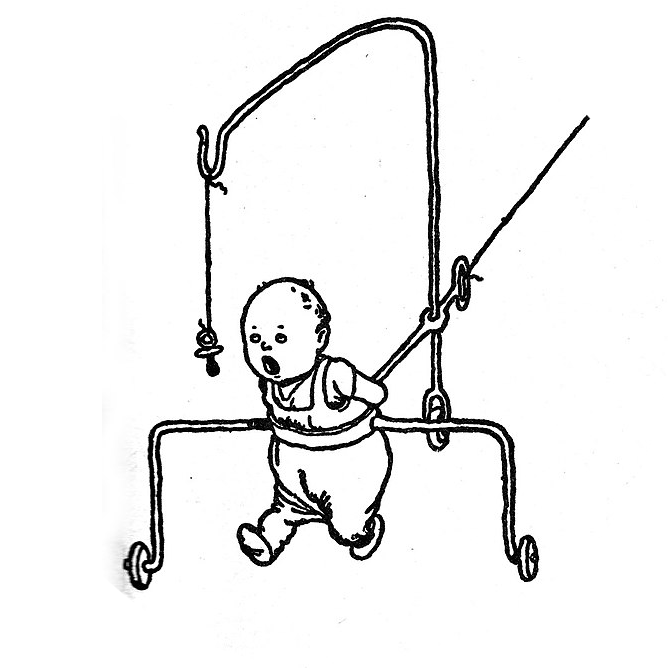They started installing poles along a main road near where we live and I’m not sure what the white antennas on them are for. Some of the poles have traffic cameras like the one in the picture but others don’t. They are spaced every half to one mile and have antennas on opposite sides, with what looks like a radio cabinet near the base. The antennas are all aligned along the road, pointing parallel to traffic. This is in southwest Pennsylvania.
Point to point wireless network link: https://store.ui.com/us/en/category/all-wireless/products/af-24
As for what it’s for, it could be anything. Possibly just for the camera that’s also on that pole?
As for what it’s for, it could be anything.
I’m pretty sure that’s what Bill Gates will be using to activate the 5G nanobots that we all received in the COVID vaccine.
We were all supposed to die by late 2020. What’s taking so long?
6 months1 year234SOON!Aah, the classic Soon™. The gaming industry has taught you well.
They forgot to put out all the antennas, and you know how slow big infrastructure projects can be.
They said that people would start dying like flies in no time. Why do I care? You see, currently houses and cars are so expensive, because there are many people who also want to buy those things. If the population was cut to a fraction, as was promised, the prices would crash accordingly due to massive oversupply of everything. I’m still waiting for the day when I can buy a house with 1000 €.
Nanomachine, son.
Source: military.
That indeed looks like exactly what they are, which I should have known since I have a bunch of UniFi gear at home. I wonder what PennDOT is using them for.
Those airfibers are massive fucking overkill for a single camera. I’ve aligned pairs of these that feed entire like 10-25 unit MDUs.
if they are chaining them bandwidth will add up, and depending on the switching equipment they could be doing a large ring of some sort. it would be pretty easy to calculate since cameras are a pretty even throughput.
Looks like a air fiber 24 which is only 1.5Gbps throughput, 8-24mbps per camera would mean between 60-200 cameras, which for a state transportation department wouldn’t be unreasonable, especially they are using these for something else, like interconnects between buildings for a metro-lan scenario.
It looks like a point-to-point relay. There appears to be two different sized dish antennas on each antenna “pod” which would indicate two different frequencies are in use. I’m sure it’s the method they’re using to transmit the camera feed back to a landline connection. The poles without a camera are probably just a relay to get the signal down the next hop in the chain, or maybe there is some other sort of sensor data being collected at those points.
Looking at the UniFi stats azdle posted the dishes in the pod are separate send and receive dishes. The size denotes the dbi gain.
big ol ubiquiti mesh network. many towns are covered in them. iirc ubiquiti made a name for themselves doing wireless in stadiums… had some solid firewalls/routers
the new stuff is pretty at least
Point to point and point to multipoint are not the same as a mesh network.
right, one is just a small piece of the others infrastructure.
No bro. A mesh network is a bunch of access points that repeat each others signals. This is like a single cable, but using RF. It is not an access point.
So, more like a token ring? And mesh would be like Ethernet?
I wonder how resilient the system is… It would seem like all it would take is one pole being tilted by high winds, or a car wreck to take down the entire network.Token ring != Tolkien ring. Tolkien rings are much more reliable than token rings, as long as you manage your hobbit infestations.
This is the wireless equivalent of a single Ethernet cable. if you follow each of the dish pairs in a roughly straight line, you will hit another transceiver. This pole would be middle three nodes of this:
(Air Fiber) <-------> (Air Fiber) (switch) (Air Fiber) <--------> (Air Fiber)
Camera could also be plugged into the switch.
And yes, if a car impacts the pole, you lose that point to point link. Hope you got a failover plan or another set of air fibers that take a different path.
Yup, that is a wireless token ring.
I get how much cheaper it would be to install, but the maintenance has to be outrageous. But I guess ongoing costs are easier for them to budget.Forgive my ignorance in that case. I did very poorly on the unit that covered token ring, and was in perpetual self doubt because I got an answer wrong when I referenced the original manufacturer document instead of the slides.
Nothing against the protocol, I just didn’t learn it properly and was born too late to see it in person. (I love learning about all tech)
It is not using token ring protocol. It is a wireless implementation of the Ethernet protocol. I don’t think you fully understand what token ring is, or we’re not doing a good job of explaining what a point-to-point radio is.
Could be that tracking technology for gun shots.








